BoE Deputy Governor Ben Broadbent said in a speech that firstly, “for as long as it’s in place, the government’s Energy Price Guarantee has the effect of limiting headline inflation and, to that extent, any related strengthening of second-round (and more persistent) effects on domestic inflation.”
Secondly, “by the same token, however, it mitigates the severity of the hit to household incomes and thereby supports domestic demand,” he added. “As the Committee noted last month, this would – all else equal – add to inflation in the medium term.”
“Compared with the forecast we had in August, the MPC has judged that the second effect is likely to outweigh the first,” he said.
But Broadbent added, there is uncertainty about the “nature and duration” of the energy subsidies. “The MPC will take account of any fiscal news in the forthcoming Medium-Term Fiscal Plan, as well as any other news relevant for the medium-term inflation outlook, in its next set of forecasts,” he said.
Full speech here.




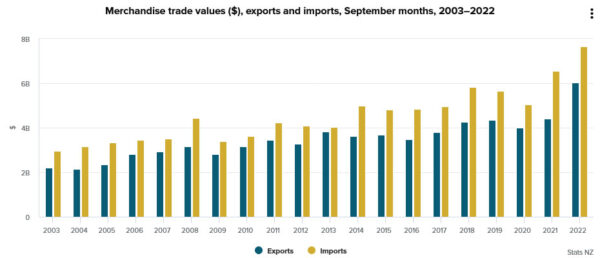
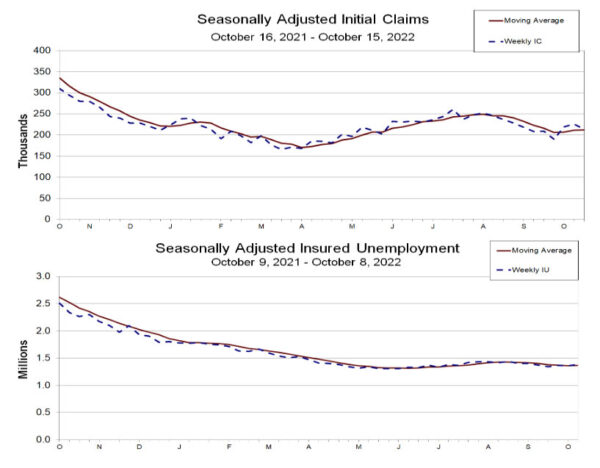
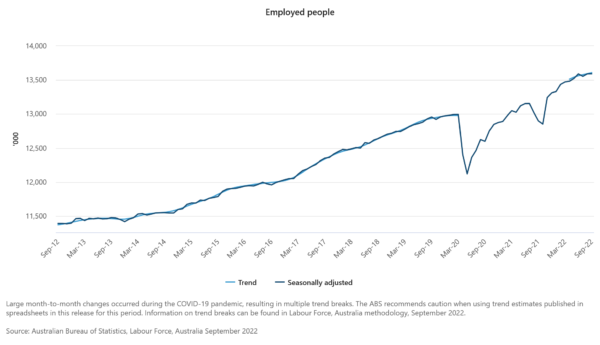
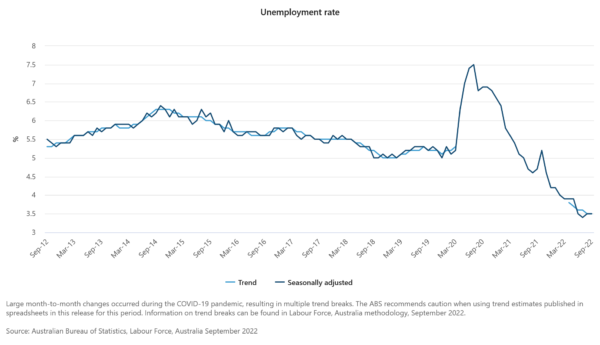
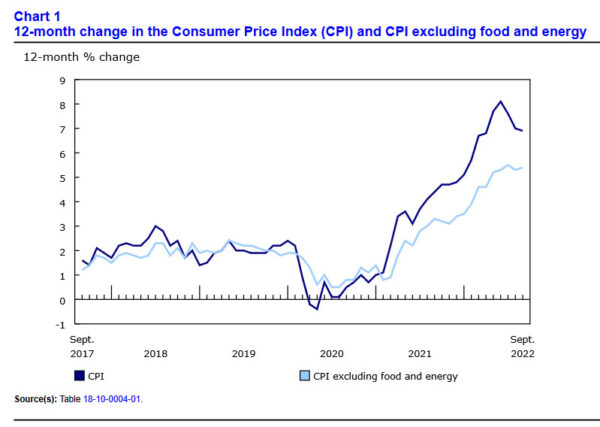
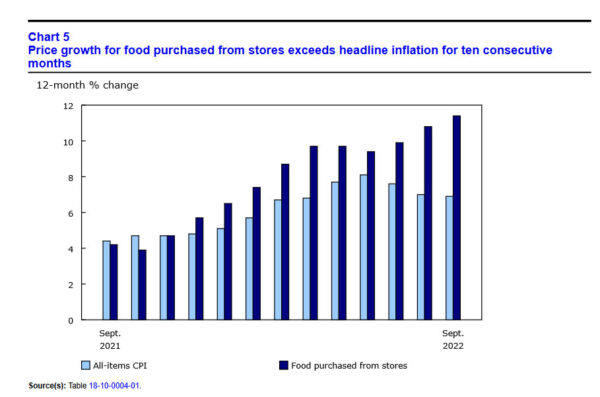

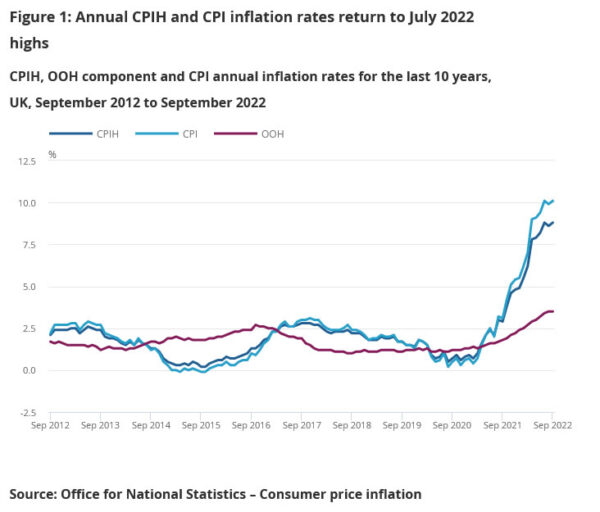
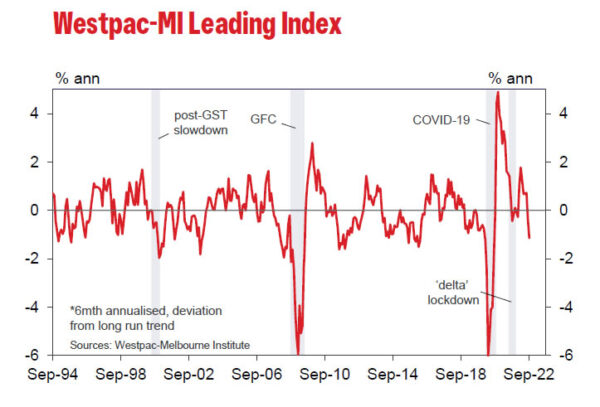
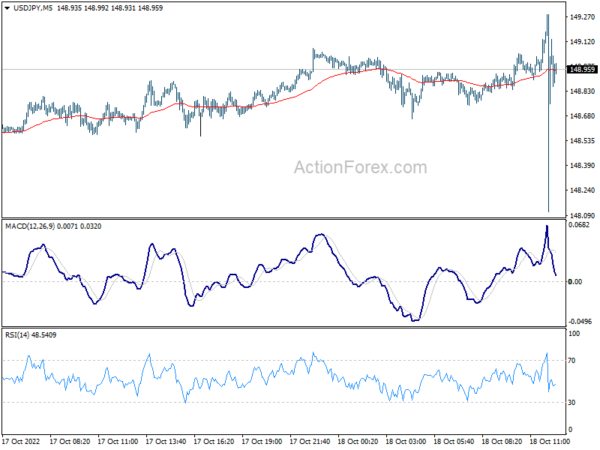
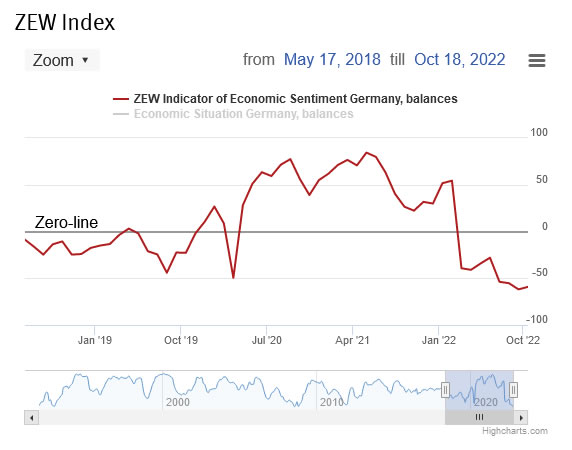

Japan Suzuki: We are confronting speculators strictly
Japan stepped up verbal intervention as USD/JPY breaks above 150 level. Finance Minister Shunichi Suzuki warned today, “we are confronting speculators strictly.”
Yet, when asked if Yen was under attack by speculators, Suzuki said, “it’s inappropriate for me to comment on such a question under the current circumstances.”
Regarding BoJ policy, he said, “I’m not in a position to comment anything concrete. We’ll strive to maintain fiscal discipline with a major target of achieving primary budget surplus in fiscal 2025.”